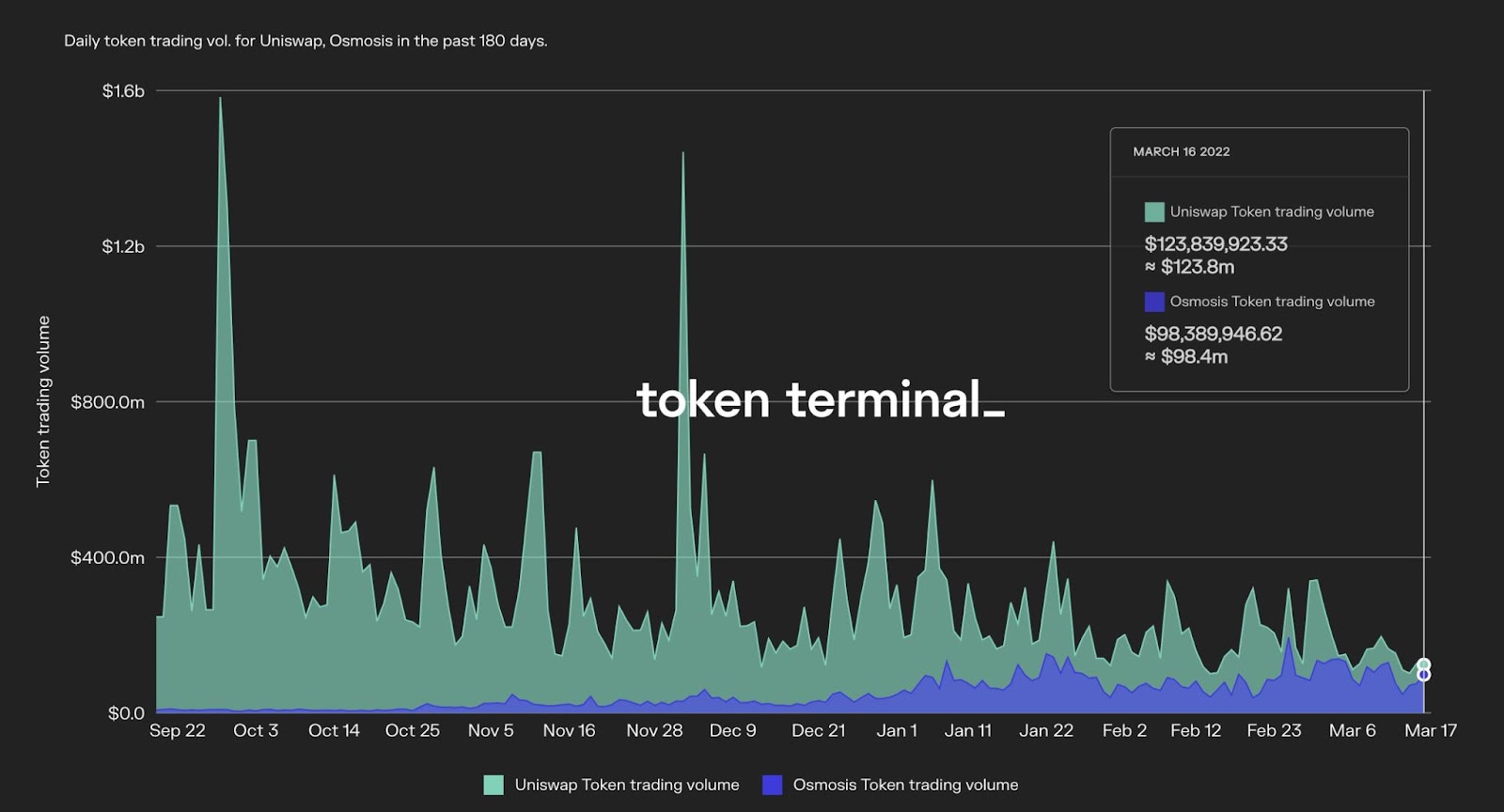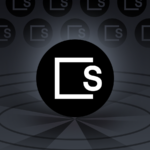It’s easy to think of a number of ways that the SKALE ecosystem could be expanded, but the question of how many blockchains can be created within the system is a complex one. This is because the SKALE platform offers so many advantages, and has a unique architecture that makes it possible to create different kinds of transactions and applications. However, the SKALE platform has several disadvantages, too.
SKALE’s unique architecture
SKALE is a network of chains, which enables DApp developers to create sidechains that are optimized for storage, speed, security, and interoperability. It also works seamlessly with all Ethereum protocols.
SKALE was designed to be faster than Ethereum Layer One. The network uses the Proof of Stake protocol to scale the network without relying on the power of miners. This means that the network can scale to a large number of users, with no gas fees, and no reliance on energy use.
It also offers a unique architecture that allows it to solve scaling issues, while still achieving the same level of security as Ethereum. Unlike other competing solutions, SKALE uses a sharding strategy. Moreover, it is built with a modular architecture that allows it to grow as needed.
SKALE was founded by Jack O’Holleran and Stan Kladko, both with experience in blockchain technology. They bonded over an interest in crypto and began working on a DApp concept. Initially, the system did not allow for token transfers. However, the developers began making incremental changes.
Today, SKALE has millions of users. Although it is not as widely known as some of its competitors, it’s gaining momentum as a result of its unique features.
SKALE combines the security properties of Ethereum with the scaling properties of competitive Layer 2s. To achieve this, the network uses a dynamic sharding approach. Instead of using the miner’s power to mine cryptocurrency, validators stake tokens in pools to earn rewards. These rewards are used to offset the fees that they charge to Dapp developers.
Aside from the network’s scalability, SKALE is also designed to reduce the fees that users pay for gas. Gas fees are often a major stumbling block for DApp creators. SKALE eliminates this obstacle with its zero gas fee policy.
SKALE’s unique architecture has been designed to accommodate enterprise use cases. For example, SKALE supports a host of layer 2 networks. With this modular architecture, developers can quickly provision highly configurable networks.
SKALE’s unique architecture was created with a goal of offering a solution to a longstanding issue in the blockchain industry: scalability. Unlike other scaling solutions, SKALE is able to provide that scalability without sacrificing its interoperability.
SKALE’s utility
In the world of startups, there is a term for what makes a startup unique. It’s a “category defining difference”. If a startup can make an important category different, it has a good chance of being successful.
One of the categories that SKALE is aiming to change is the amount of gas fees. Gas fees are used by many enterprise applications to drive adoption. But they can become too expensive for private use.
SKALE’s goal is to solve the gas fees problem by creating a system that has no gas fees. Instead, they’re able to use the resources of the entire network to form chains that are highly scalable.
A key feature of SKALE is its architecture. It supports smart contracts and cross-chain asset transfers. This allows dapps to be hosted on multiple chains without having to share infrastructure.
The SKALE chain is built on top of a secure, modular architecture. Several groups collaborate on the issuance process.
Skale has built a $100 million ecosystem program to help developers build and run decentralized apps on its platform. This includes engineering support, QA testing, investor introductions, and marketing support.
Currently, the company is focused on running Dapps on its network with no gas fees. While there’s no word on when that will happen, it’s a feature that isn’t far away.
SKALE’s goal is not just to create a scalable blockchain, but to also disrupt industries. Jack O’Holleran, the company’s co-founder, spoke at the 2022 ETHDenver conference about the Skale ecosystem.
As a part of the SKALE ecosystem program, SKALE is also offering developer grants. Developers will be able to choose between a parent or virtual machine, and then define the security protocol. They’ll also be able to choose a consensus protocol.
Unlike Ethereum, SKALE doesn’t rely on miners to create the tokens. The $SKL token is listed on 25 exchanges worldwide.
In addition to its scalability and security, SKALE’s chain also has low latency. SKALE’s block times are subsecond.
With SKALE, there are no gas fees, and the network is able to run any website or application. The platform also supports smart contracts and user profiles.
SKALE’s shortcomings
The SKALE Network launched in 2018. The network has already received financial support from Signia Venture Partners and Floodgate Capital. There are thousands of independent nodes that form the SKALE network. Each node will give resources to other chains.
SKALE’s security model is based on a Proof-of-Stake consensus mechanism. This means that if two thirds of validators stay honest, it will not be susceptible to collusion attacks. It also protects against time bandit attacks.
The SKALE Network is designed to offer the security of a layer one network without requiring energy to mine cryptocurrencies. In order to provide an effective scaling solution, SKALE has designed a new Hub architecture.
When an app creates a smart contract, a SKALE chain is built to execute the transaction. These chains have high throughput. They can store larger files, websites, and smart contracts. They are EVM-compatible and provide low latency.
Using the SKALE Network, developers can create a variety of use cases. One use case is creating a playback service that benefits from a series of interconnected sidechains. Another use case is a crowdsourced event. Users can submit funds for proposed events.
SKALE’s unique features include an elastic sidechain. An elastic sidechain is a separate blockchain that can be adjusted to suit the needs of different applications. With an elastic sidechain, Dapps can store and transfer data directly on the chain.
Unlike other sidechains, SKALE provides users with a token that can be used to make transactions. SKL is the token of the SKALE protocol and enables users to access Dapps hosted on SKALE. SKL is a utility token that SKALE users can use to stake, purchase sidechain subscriptions, and participate in network governance.
SKALE’s architecture was designed to address enterprise use cases. SKALE was initially developed as a Layer Two network. But it quickly introduced a number of unique features.
The SKALE Network combines the advantages of a Layer One and Layer Two network into a single, affordable ecosystem. It also reduces the challenges faced by app developers. Eventually, SKALE will be comprised of thousands of independent validator nodes.
Covalent’s partnership with SKALE
Covalent and SKALE have teamed up to offer a no-code, zero-config solution that enables developers to easily access and understand data from 60+ blockchains. This partnership is aimed at accelerating digital payments and innovation. SKALE’s open-source elastic blockchain platform is designed for scaling Ethereum. It has native connectivity to the Ethereum mainnet, as well as support for some of the most common token standards.
Covalent’s partnership with SKALE opens up new opportunities for customers. The software-as-a-service model enables retailers to offer secure authentication without having to install additional hardware. Similarly, it offers a platform for banks to provide financial services in a secure, fast, and cost-effective way.
SKALE is a blockchain network built on the innovative ERC-777 token standard. It supports a Delegated Stake model, which will enable stakeholders to participate directly in governance. All economic functions of the network will be controlled by on-chain voting.
In addition to enabling on-chain voting, SKALE’s infrastructure includes support for a wide range of dapp categories. For example, SKALE’s Innovator Program, which is a white-glove onboarding experience for dapp partners, will help developers build SKALE chains. Those developers will earn rewards based on their contributions, including monthly inflation of their tokens into the network.
SKALE also has pre-packaged integrations with major wallets and auth providers. SKALE has also announced over 40 validators. SKALE has a large pool of validater nodes, which are randomly selected to ensure the network’s security. Validators are rewarded with SKL tokens for their services.
Moreover, Covalent’s API enables developers to create data-rich applications, while ensuring full transparency to assets on all blockchains. This will enable users to build applications with a high degree of flexibility. Thousands of developers rely on Covalent’s unified API to power data-driven solutions for a variety of use cases.
Covalent Metrology is a top North American analytical services company. With over 500 customers in 30 industries, Covalent helps companies get better insights faster. Using state-of-the-art tools, the company provides transparent pricing and quick development.
Covalent’s collaboration with SKALE will enable developers to access Covalent’s data API to enhance their analytics. In addition, the company will be able to benefit from AllianceBlock’s decentralized capital market infrastructure.


